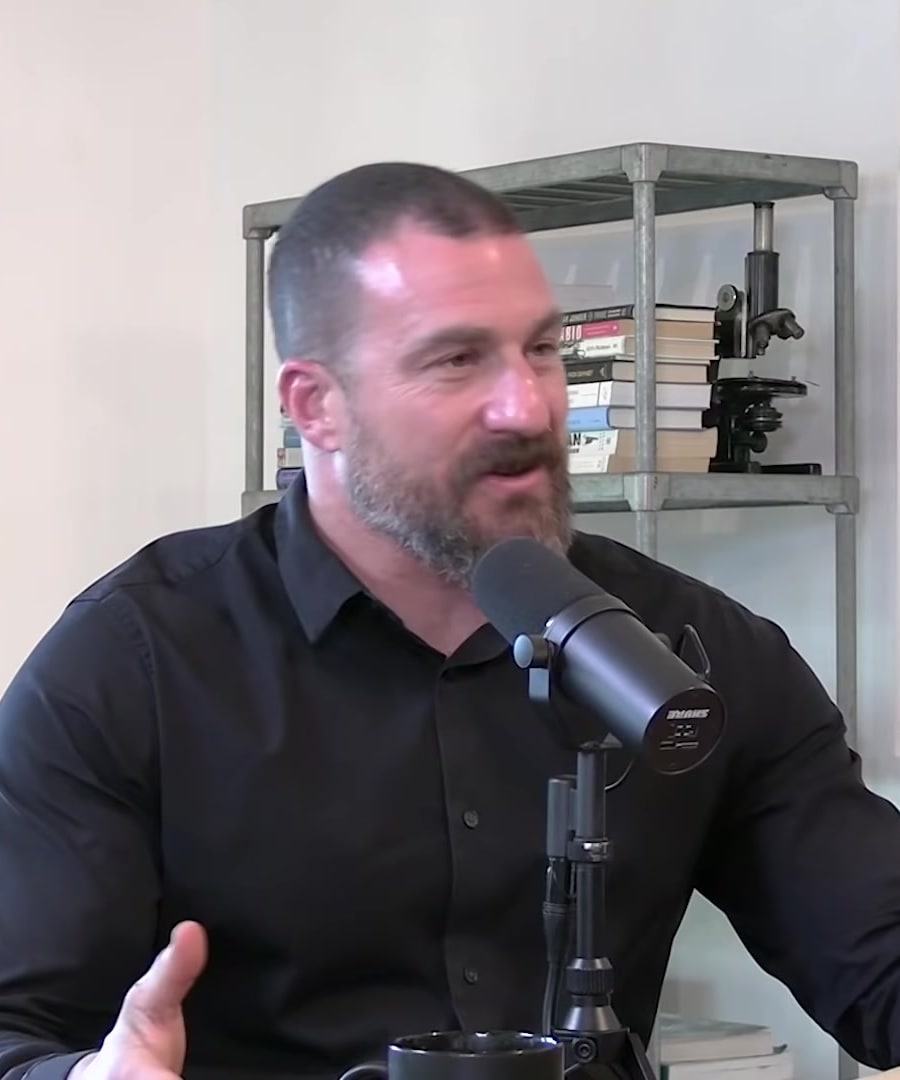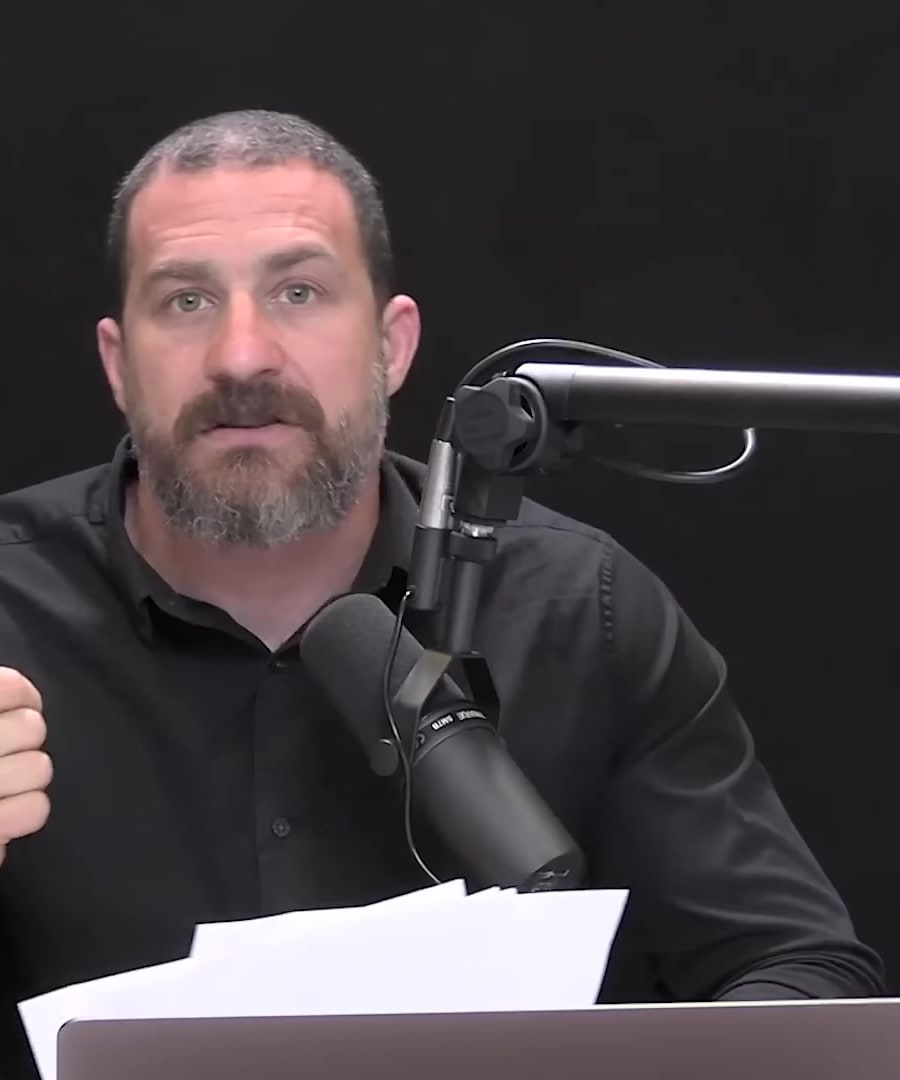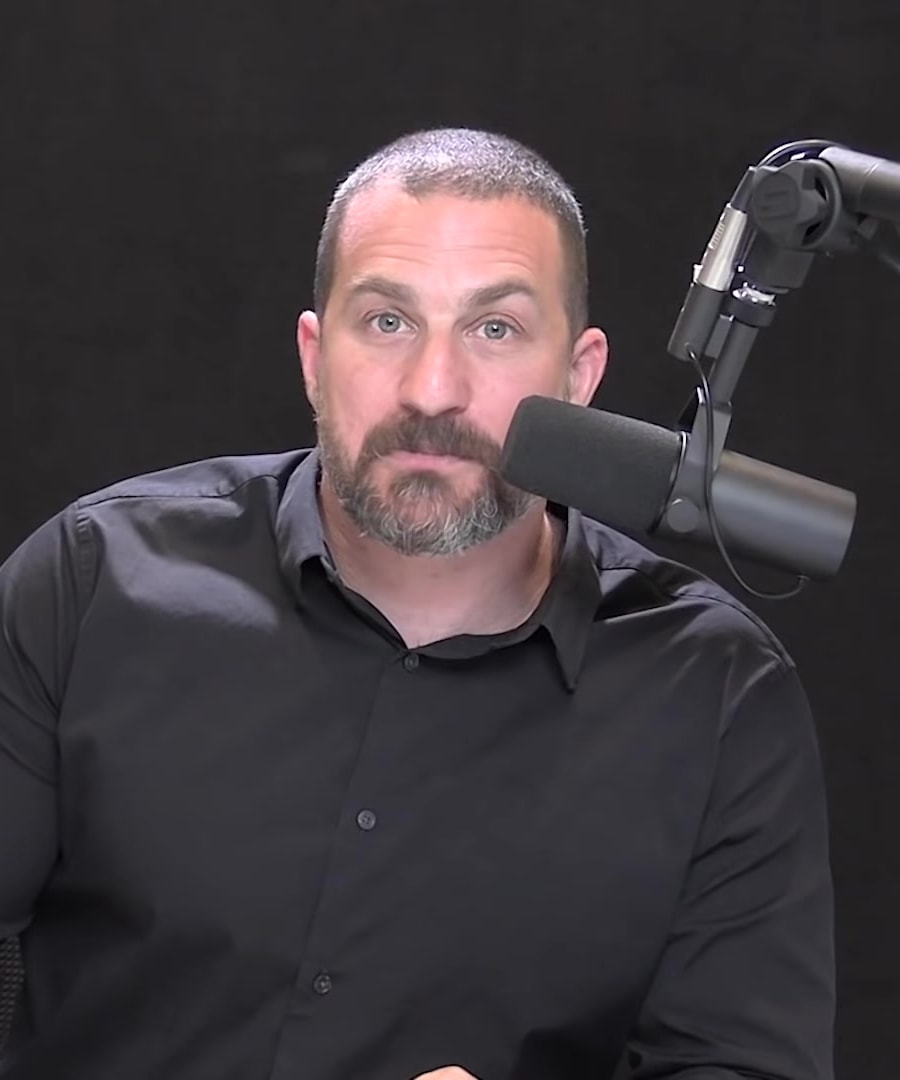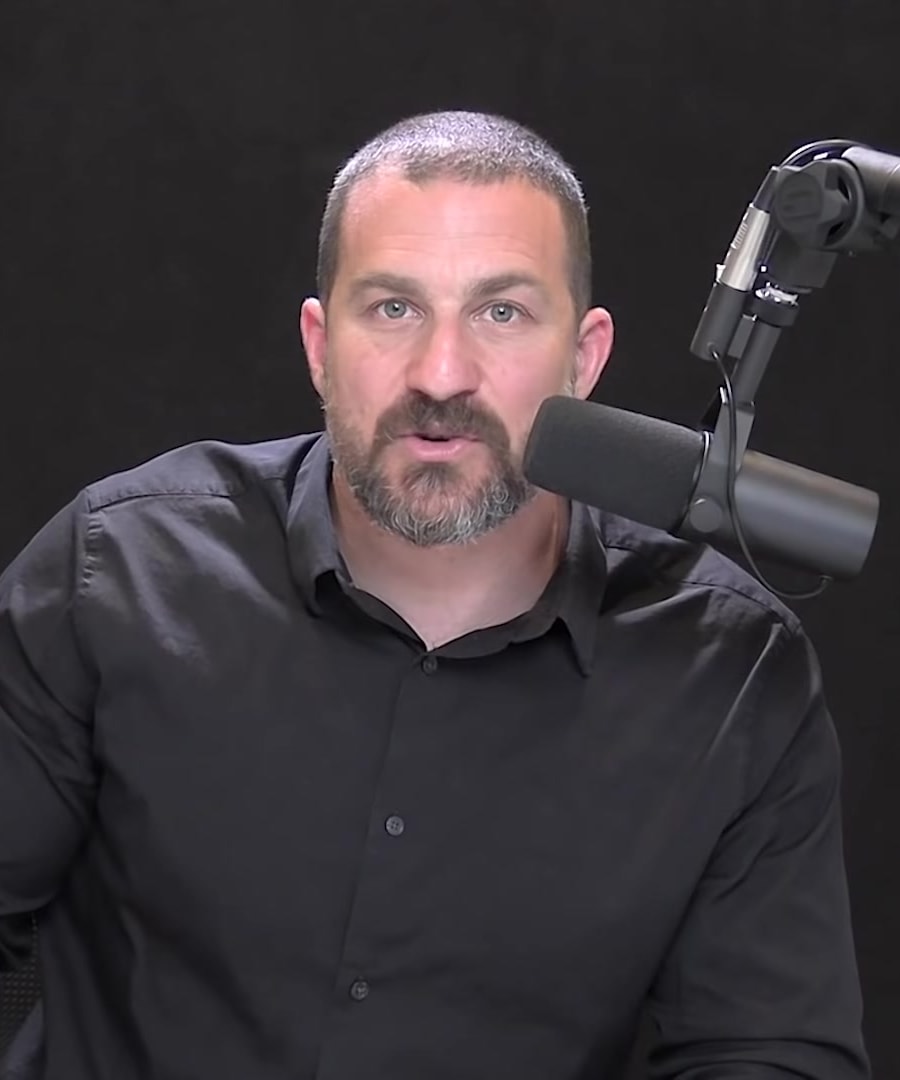What is the role of massage in building strength and muscle?
Sources:
Massage, while not directly discussed in the available data, could be associated with the benefits similar to those of low-level movement for recovery. According to and , low-level movement is effective at reducing acute muscle soreness by helping to pump out edema (excess fluid) and reduce pressure on nerve endings. This can alleviate the sensation of pain without necessarily regenerating tissue yet. While massage was not explictly mentioned, it can be inferred that massage may assist in this process, similar to other recovery modalities like percussion or using pneumatic boots for massage, as they help move fluids out of the tissue and relieve pressure, potentially aiding recovery and reducing soreness 1.
RELATED QUESTIONSWhat are the benefits of increased levels of human growth hormone?
Sources:
Increased levels of human growth hormone (HGH) have a number of benefits, which include aiding in recovery from injuries, reducing body fat accumulation, and potentially slowing down metabolism decline as we age. discusses the role of HGH in physical recovery, metabolism, and body composition 1.
However, it's important to note that HGH doesn't only foster the growth of muscle and contribute to fat metabolism; it also causes growth in all tissues, which can be problematic, such as the enlargement of organs if HGH levels are excessively high 1. Moreover, using HGH therapies carries risks such as tumor growth and cancer, pointing to the importance of caution and medical supervision if one is considering HGH therapies for athletic or cosmetic purposes 2.
Still, there are natural behaviors and certain supplements that can be utilized to increase HGH levels rather substantially, such as deliberate heat exposure with saunas 3, avoiding caloric intake prior to sleep 4, certain forms of exercise 5, and potentially the use of amino acids like arginine and ornithine 6.
It is also crucial to recognize that the natural production of HGH declines with age, particularly between the ages 30 and 40, making it all the more valuable to engage in behaviors that support its natural production for health and recovery purposes 7.
RELATED QUESTIONSI am a 34 year old male in slightly above average shape. My goals are longevity and physical aesthetics. I have access to a sauna, cold plunge, and kettlebells. What is a good routine for me to follow each week to reach my goals?
While there isn't a direct mention of a tailored routine that combines sauna, cold plunge, and kettlebell exercises for your specific goals, we can derive a potential weekly routine based on the benefits of each of these activities as described by .
Sauna Use
Saunas can increase heat shock proteins, improve cardiovascular health, and potentially increase growth hormone levels, which all contribute to longevity and physical fitness. has highlighted the benefits of heat exposure for muscle growth and repair, as well as its effects on increasing growth hormone levels 1. A regular sauna routine of at least two to three times per week, at temperatures around 80-90 degrees Celsius (176-194 Fahrenheit) for 20-30 minutes, may be beneficial.
Cold Plunge
Cold exposure can enhance fat metabolism and may contribute to muscle recovery. suggests the potential benefits of cold exposure for improving mood and alertness, and it is believed to have anti-inflammatory effects and contribute to fat loss through activation of brown adipose tissue 2. Implementing a cold plunge for 2-5 minutes a few times a week, either after your sauna sessions or on separate days, could produce benefits.
Kettlebell Workouts
Kettlebell exercises can help with building muscle, increasing cardiovascular endurance, and improving body composition. Although doesn't specify a kettlebell routine, demonstrable strength training benefits for aesthetics and longevity suggest incorporating a kettlebell workout 3-4 times a week focusing on compound movements such as swings, snatches, and Turkish get-ups, which engage multiple muscle groups.
Possible Weekly Routine:
Monday:
- Kettlebell workout (30-45 minutes)
Tuesday:
- Sauna session (20-30 minutes)
Wednesday:
- Rest or light activity (e.g., walking)
Thursday:
- Kettlebell workout (30-45 minutes)
Friday:
- Sauna session followed by a brief cold plunge (20-30 minutes sauna, 2-5 minutes cold plunge)
Saturday:
- Kettlebell workout (30-45 minutes)
Sunday:
- Rest or light activity
Remember to tailor your routine based on your body's responses and to consult with a healthcare provider before beginning any new exercise or wellness routine to ensure it's appropriate for your health status. This schedule can be adjusted based on recovery needs and personal time constraints. Incorporating proper nutrition, adequate sleep, hydration, and stress management are also crucial for longevity and aesthetics.
RELATED QUESTIONS
What is the role of massage in building strength and muscle?
- RELATED QUESTIONS
What are the benefits of increased levels of human growth hormone?
- RELATED QUESTIONS
I am a 34 year old male in slightly above average shape. My goals are longevity and physical aesthetics. I have access to a sauna, cold plunge, and kettlebells. What is a good routine for me to follow each week to reach my goals?
- RELATED QUESTIONS







